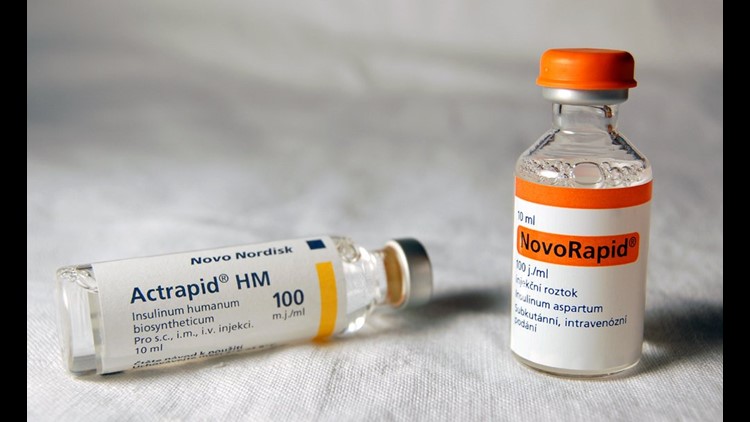Prescription drug spending rose by 13% in the United States driven by a large increase in biologic drug costs and a modest increase of in traditional drug costs. What are biological drugs, why are the costs of these drugs rising so quickly, and what can be done to rein in drug spending?
So how are biological drugs different from traditional drugs?
Traditional drugs like aspirin, Lipitor, and penicillin are small molecule drugs with several dozen atoms made in bulk in a chemistry laboratory while biologics are usually large proteins with hundreds or thousands of atoms made inside living cells. Because they use living cells whose DNA has been altered, they are very difficult to produce. Insulin and many drugs to treat rheumatoid arthritis, multiple sclerosis, and cancer drugs are biologics.
There are major increases in both biologic drug utilization and of drug prices. Targeting diseases with biologic drugs means better effects and less side effects so new drugs come out and take market share from cheaper traditional drugs. With traditional drugs, after several years of exclusivity, generics come out and they drive down overall spending in that drug class. However, there are no generic versions of biological drugs so companies can continue to reap profits years after losing patent protection with no incentive to lower the price. Right now, a single prescription for a biologic drug to treat rheumatoid arthritis costs almost $3,000.
The Biologics Price Competition Act was passed by Congress in 2009 which allows companies to make a biosimilar product to a brand name biologic drug. While it is impossible to make an exact replica of the biologic drug because the cell lines and the process of getting them to produce the proteins are proprietary, it is possible to create a drug that has similar safety, purity, and potency, this is a biosimilar drug. The FDA worked on the rules for allowing approval of biosimilar drugs up until May 2014 so biosimilar versions of some important drugs can be produced. The first biosimilar drug was approved in September 2015. It is called Zarxio® and stimulates white blood cell production like Neupogen® but is priced 15% less. Europe is way ahead of us with guidelines on approving biosimilar drugs finalized in 2005 and 16 biosimilar drugs approved which are 25% less expensive which could also be approved in the United States. Even more importantly, 9 of the best-selling biologic agents will lose patent protection by 2019 in the United States and biosimilars could save $250 billion annually. However, there are one thing that consumers will need to do.
The biggest thing is to ask over the next couple of years is if there is a biosimilar version of the biologic they are taking. Unlike generic drugs, there will not be automatic generic substitution and your doctor will need to write the prescription for the biosimilar up front or agree to switch it out for the brand name. If price is important to you, you have to let your doctor know.
-- Dr. Michael White from the UConn School of Pharmacy.



